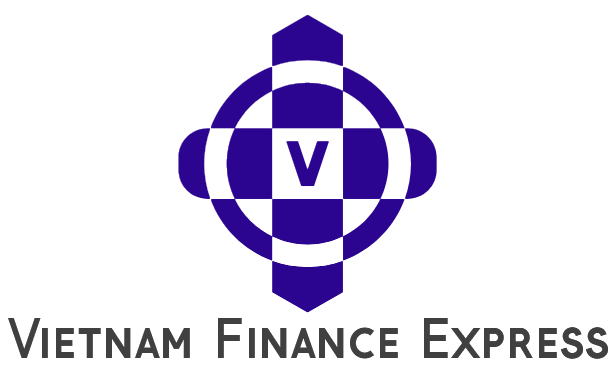Major Transparency Issues Exposed in Crypto Influencer Promotions: A Deep Dive into Paid Promotions and Non-Disclosure


Blockchain investigator ZachXBT has revealed a major transparency issue in the crypto influencer landscape following the leak of a price sheet listing more than 200 influencers who were contacted for paid promotions. The data, shared on social media, detailed payment rates, wallet addresses, and promotional offers, exposing how much influencers are compensated for shilling crypto projects. Rates varied widely—from as low as $50 to as high as $60,000 per post—reflecting the influencers’ reach and audience size.
According to the findings, out of more than 160 influencers who accepted promotional deals, less than five actually disclosed these posts as advertisements. This lack of transparency is a serious breach of widely accepted advertising guidelines, which require paid content to be clearly marked as such. The widespread non-disclosure raises concerns about manipulation in the crypto market, as audiences may be unaware that posts enthusiastically promoting new tokens or projects are actually sponsored.
The leaked information also included on-chain wallet addresses associated with each influencer, enabling observers to track payments and potentially identify patterns of coordinated promotional activity. Some smaller influencers charged between $500 and $2,000 per post, while top-tier accounts commanded $10,000 to $20,000 or more for a single mention or video. Notably, the spreadsheet even listed package deals and differentiated pricing for various content types.
The community response has been swift, with many social media users expressing disappointment at the lack of clear ad labeling and worrying about the impact such undisclosed promotions might have on investment decisions. Industry experts warn that undisclosed ads can fuel artificial hype and contribute to pump-and-dump schemes, ultimately putting individual investors at risk.
This expose highlights the urgent need for better transparency and stricter adherence to disclosure requirements in crypto promotion. As influencer endorsements continue to play a significant role in shaping public opinion and market sentiments, both platforms and regulators may need to impose clearer standards to protect audiences and ensure the integrity of the digital asset space.

Leave a Comment